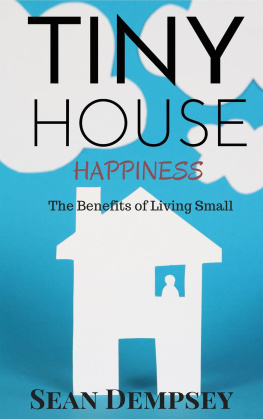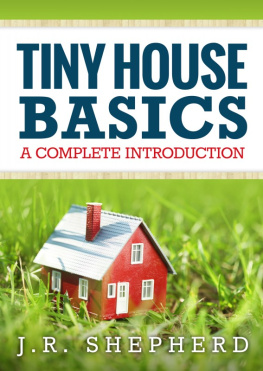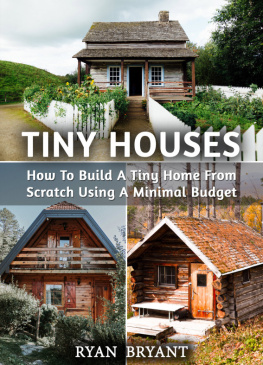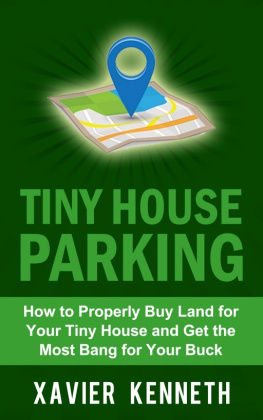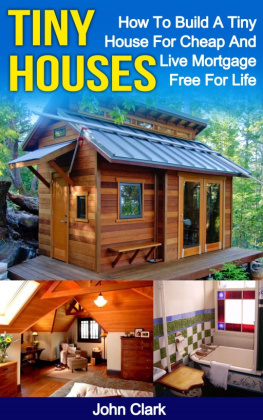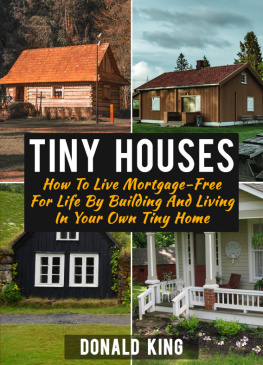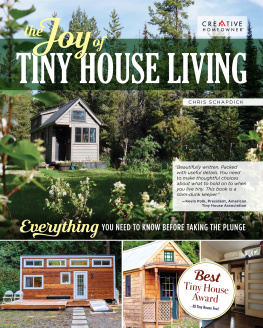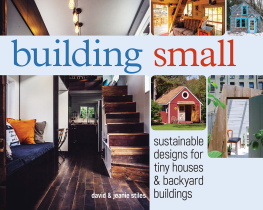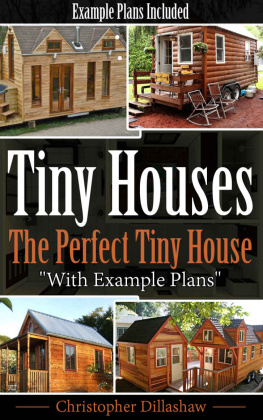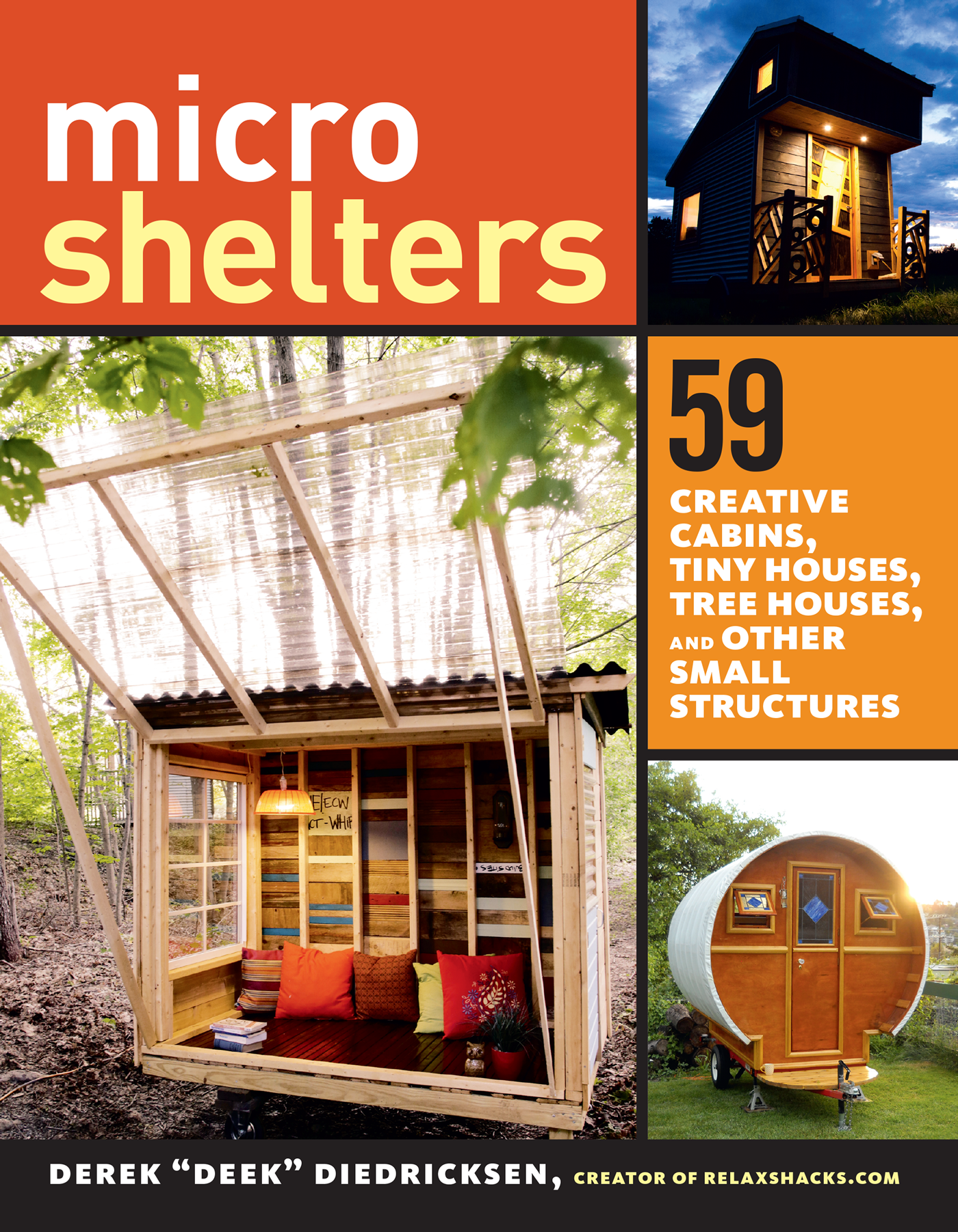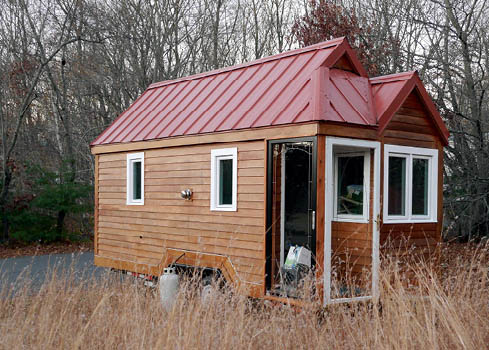Acknowledgments
This book would not have been possible without all the designers, builders, backyard tinkerers, and weekend warriors (many who became my friends along the way) who shared stories and photos of their microshelters. Please be sure to see the resource list in the back of the book to find their websites.
Thanks also goes out to my wife, Liz, for her undying encouragement and tolerance in the face of our Backyard Oompa Loompa Village of Weird Shacks, Forts, and Tiny Houses (shes a trooper! and absolutely amazing). An additional Kong-sized nod is due to my brother, Dustin, who has helped me so many times with builds and workshops around the US; to the Bendix family for all of their support over the years; and to my parents, Glenn and Sigrid Diedricksen, for such a fun and creativity-laden upbringing.
I also cant forget Steven Harrell, Kent Griswold, Michael Janzen, Lloyd Kahn, Macy Miller, Andrew Odom, Joe Everson, and Alex Pino some very supportive friends in the industry.
And thanks to you for picking up this book. You have exceptionally good taste I dont care what all the others have said about you...
Deek
Table of Contents
Introduction
Whats with the Tiny Obsession?
Ive been asked this question many times, and theres no easy answer. I just dig tiny, cozy structures. As to why, there are numerous reasons, some you might not anticipate.
Creating a microstructure involves creative thinking, outdoor activity, and problem-solving things many people crave but often find absent from their busy (and sometimes repetitious and regimented) modern lives. And not only is it a relatively affordable pursuit, it also requires far less time and patience than building something of ginormous proportions. Thats the beauty of very tiny projects: theyre easy on both the wallet and the mind. Their small size also makes them easy on the neighbors.
Depending on where you live you can also build many structures, including many in this book, without a permit. Heck, if you do need a permit and later get busted for building without one (not that Im encouraging that...), how hard is it to relocate a diminutive backyard hut or office? Toss that sucker on the back of a truck, or haul it off-site with a flatbed, and youre good to go.
Building small requires relatively few resources, and youll find many structures here that have been designed around, and built with, free, salvaged, and recycled materials. By taking this path youre keeping materials out of the waste stream and preventing them from clogging up landfills. Youre also saving yourself a good deal of money while working unique and character-rich design elements into your home, office, or hideout. Sure, permit-wise, recycled goods may not be allowed in the construction of full-out homes, but with tinier builds and backyard hideouts that dont require town-hall paperwork, often there can be a lot more leeway. In some more rural areas you could even build a home out of recycled fast-food wrappers and bubble gum and no one would give you any guff... well, except the ants, perhaps.
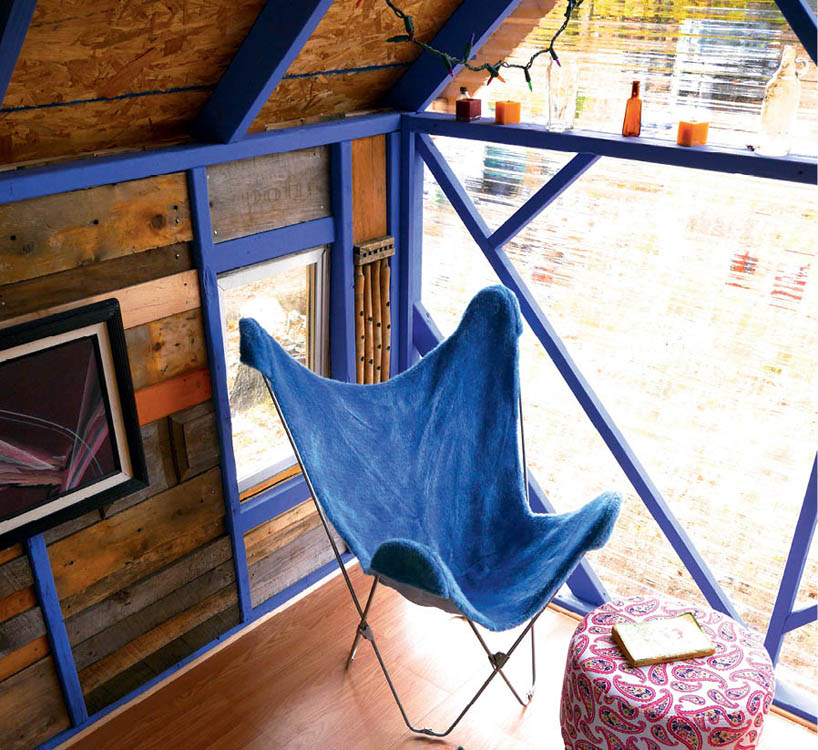
If youre leafing through this book for ideas on building a full-time home, keep in mind that modestly sized dwellings are not only relatively cheap and quick to construct, theyre also easy and inexpensive to heat, cool, maintain, furnish, and clean. If youre a beginner builder youll also like to know that small projects are more forgiving of mistakes... even big ones. I mean, how bad can it really get? If things were to go horribly and irreparably wrong, which is not likely, you could start over completely with little financial pain. But overall, planning is key. Take your time.
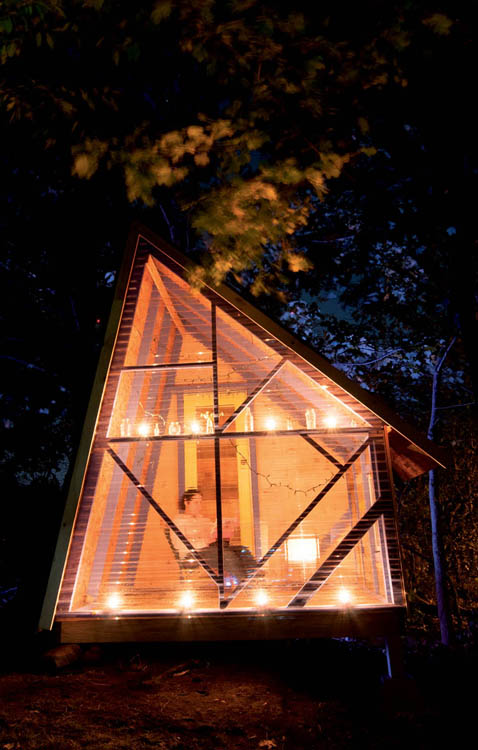
Finally, in a lot of cases, small spaces just work well, even if youre only looking to build a tiny backyard office that saves you from that soul-taxing commute to work or the overhead of a rented office space. Small spaces are private and intimate, and they give you a feeling of control over your domain. This is strengthened by the fact that you, as the designer and/or builder, have had to carefully consider the smallest details of placement, storage needs, and overall flow of space.
In my many travels for my work, Ive been lucky enough to stay in numerous tiny houses, backyard cottages, houseboats, and even tree houses, many of which handle these details in interesting and beautiful ways. Ive enjoyed spending the night in these unusual shelters and homes and seeing how the design-minds of others work. Some ideas Ive loved; others Id personally pass on. (In this book I offer my own take on each design in a Favorite Features section.)
Consider this book a collection of ideas in creative simplicity. Its eclectic, and the works within come from a good many contributors from across the US and elsewhere. The designs represent a large and varied range in style, taste, and function. After all, who wants to see a dull-as-toast collection of all-the-same, never-daring microstructures that were seemingly plopped off an assembly line? Not I.
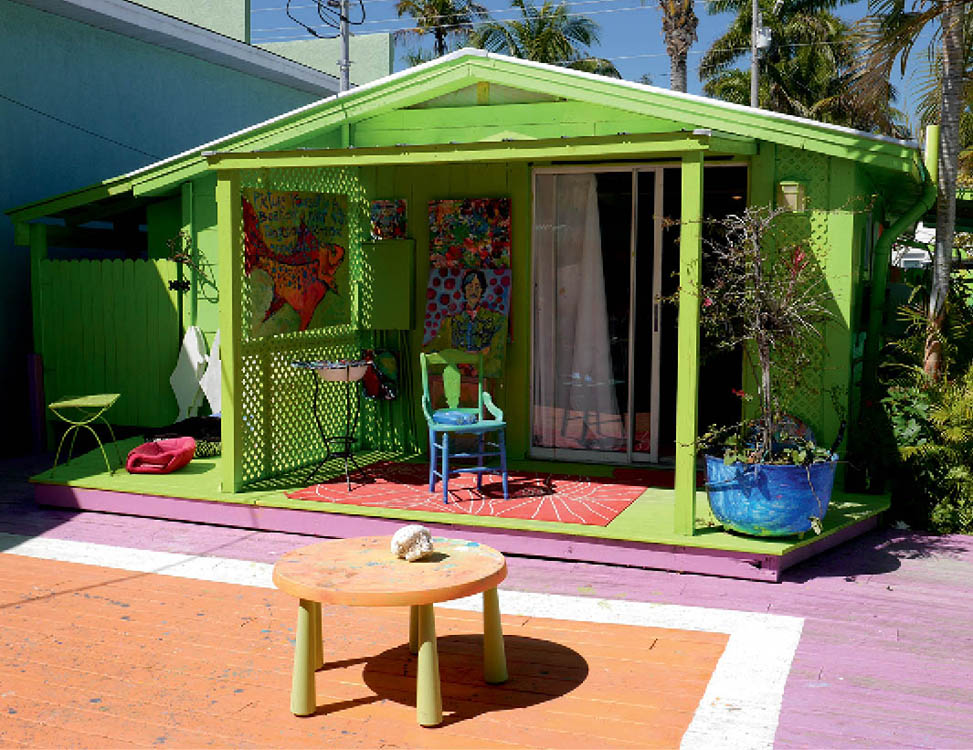
Welcome to a world of imaginative, out-there fun all within the realm of shelter, from the most basic to the utterly brain-bending. Youll find pretty much everything: little cabins, tiny houses, shoffices (shed-offices), kids forts and playhouses, homes on wheels, tree houses, guest huts, backyard retreats, garden follies, and simple shacks. My aim is to deliver as many new concepts and design approaches as possible and to offer you fresh ideas, fuel for future projects, and techniques and approaches you might not have considered. In other words, I hope this book lights a fire under your bottom.
Now get out there and create!
Derek Deek Diedricksen (from a 40-square-foot, backyard office not to mention many airplane terminals, late nights in front of bad TV, and the deep woods of Vermont by candlelight)
The Merits of Micro
A smaller structure...
- costs less to build.
- can be built more quickly.
- can often be built out-of-pocket, without loans.
- is easier to heat and cool.
- is easier to clean, furnish, and maintain.
- can often be tackled by a novice builder.
- is easier to move.
- is less site-invasive.
- poses less to lose.
- is easier to hide, if privacy or security is what youre gunning for.
- prevents you from being able to buy junk and things you dont need (theres no room for them).
- is less likely to be over-visited by the in-laws (no space for em!).


